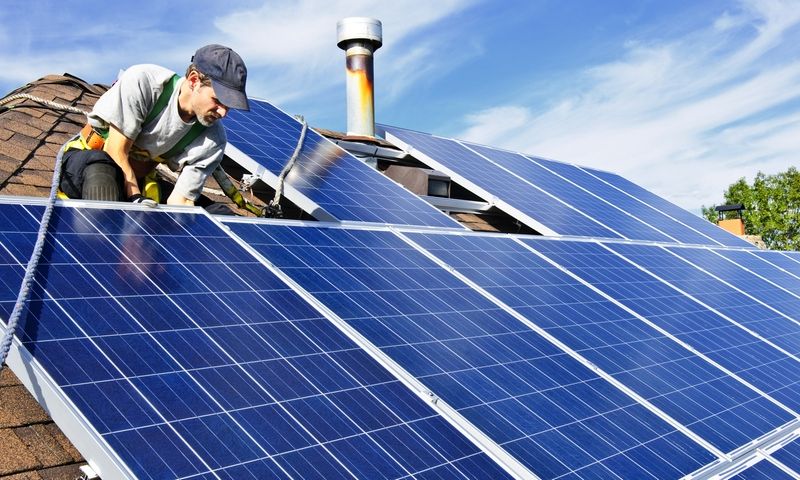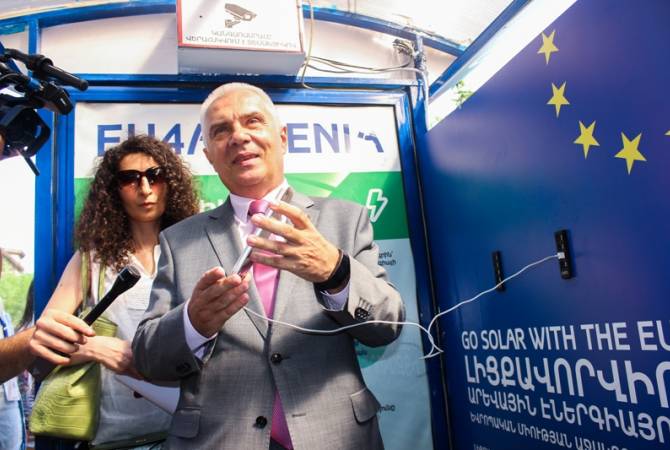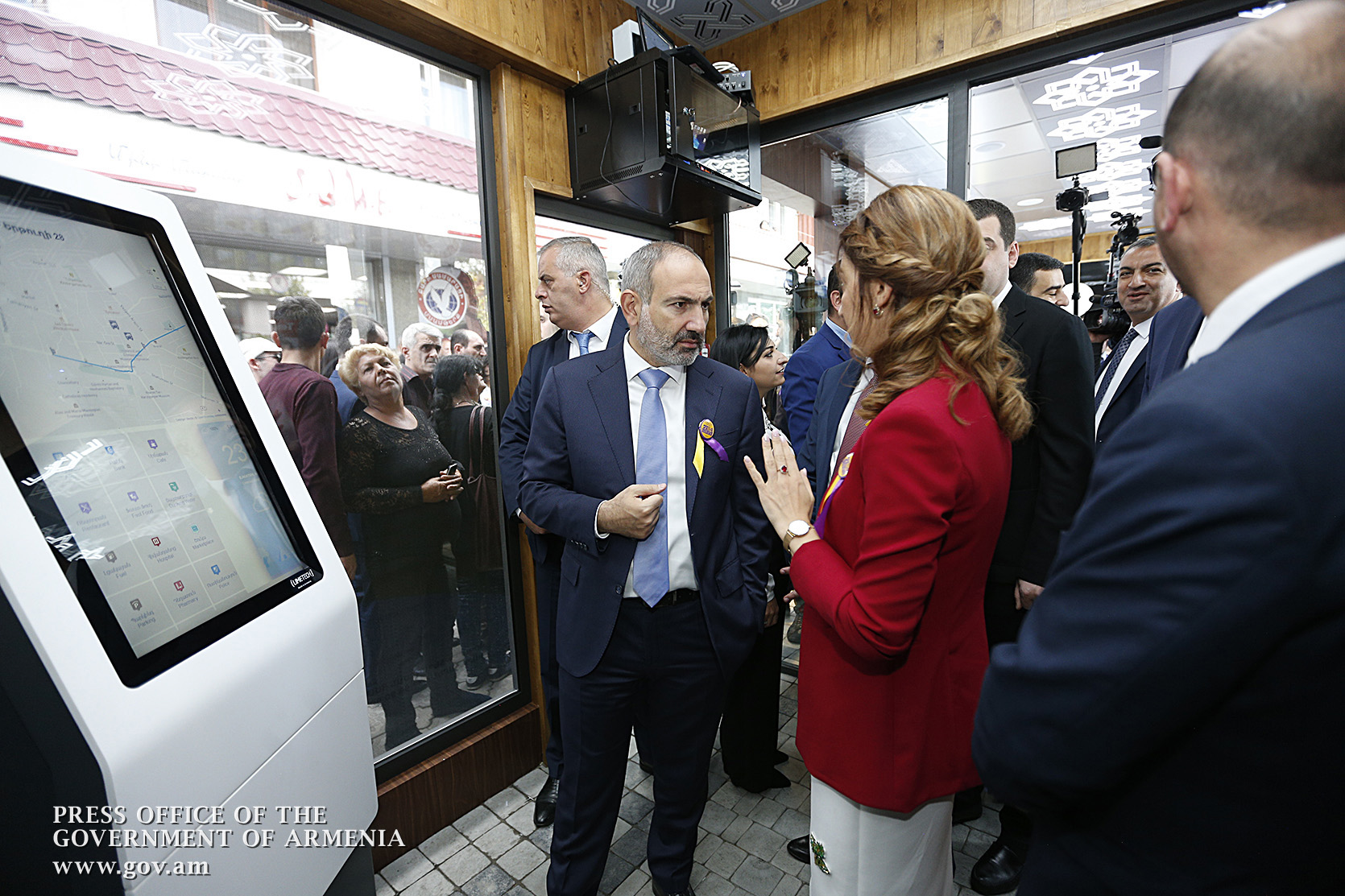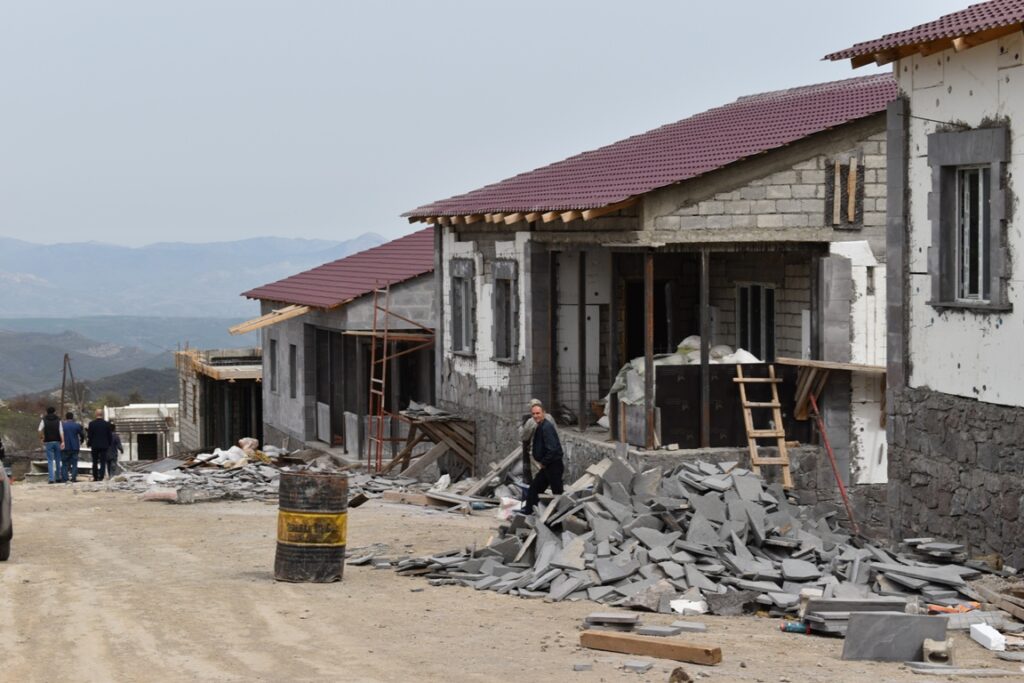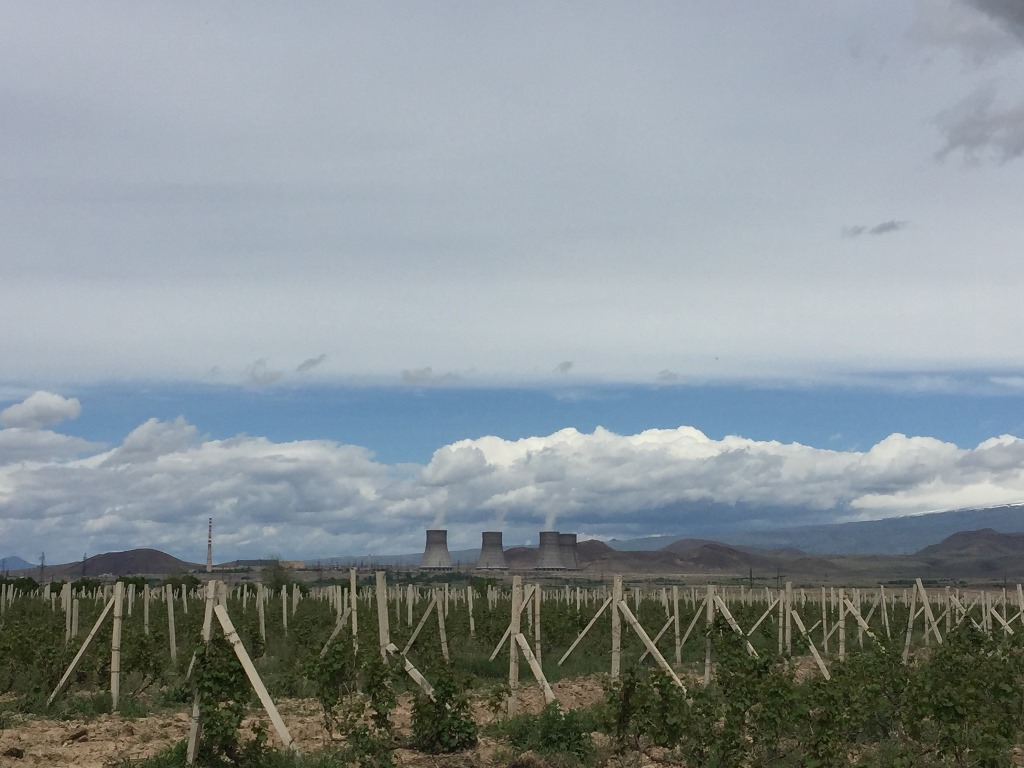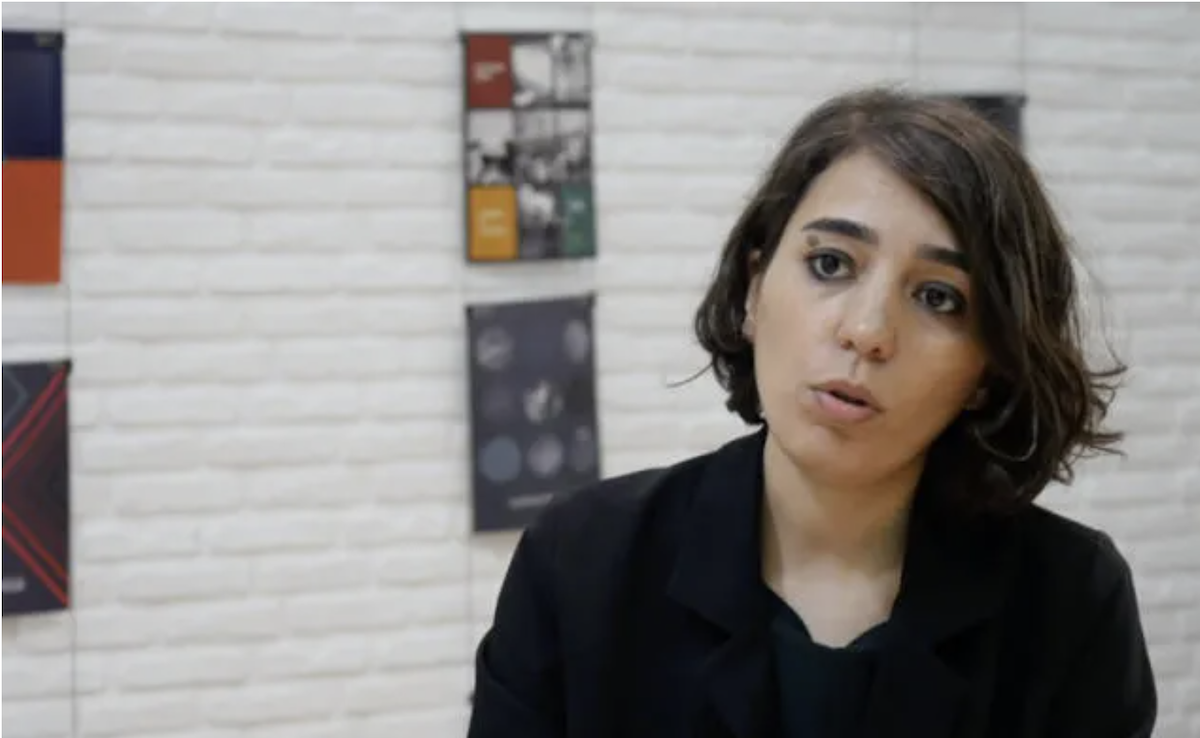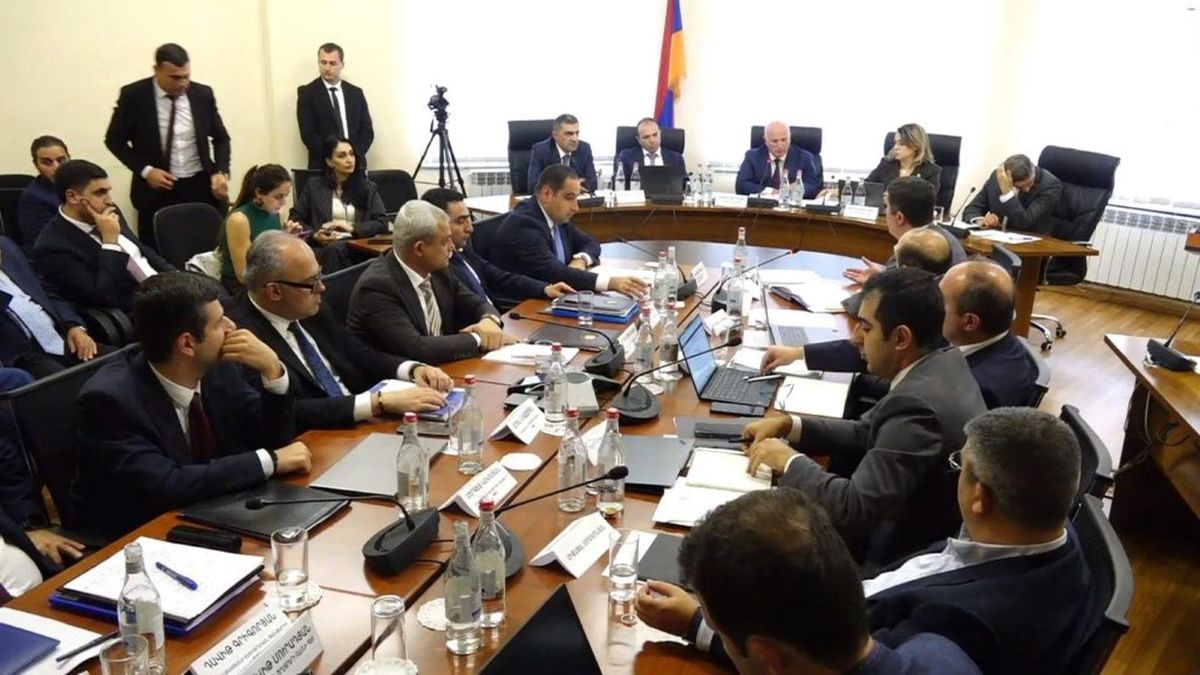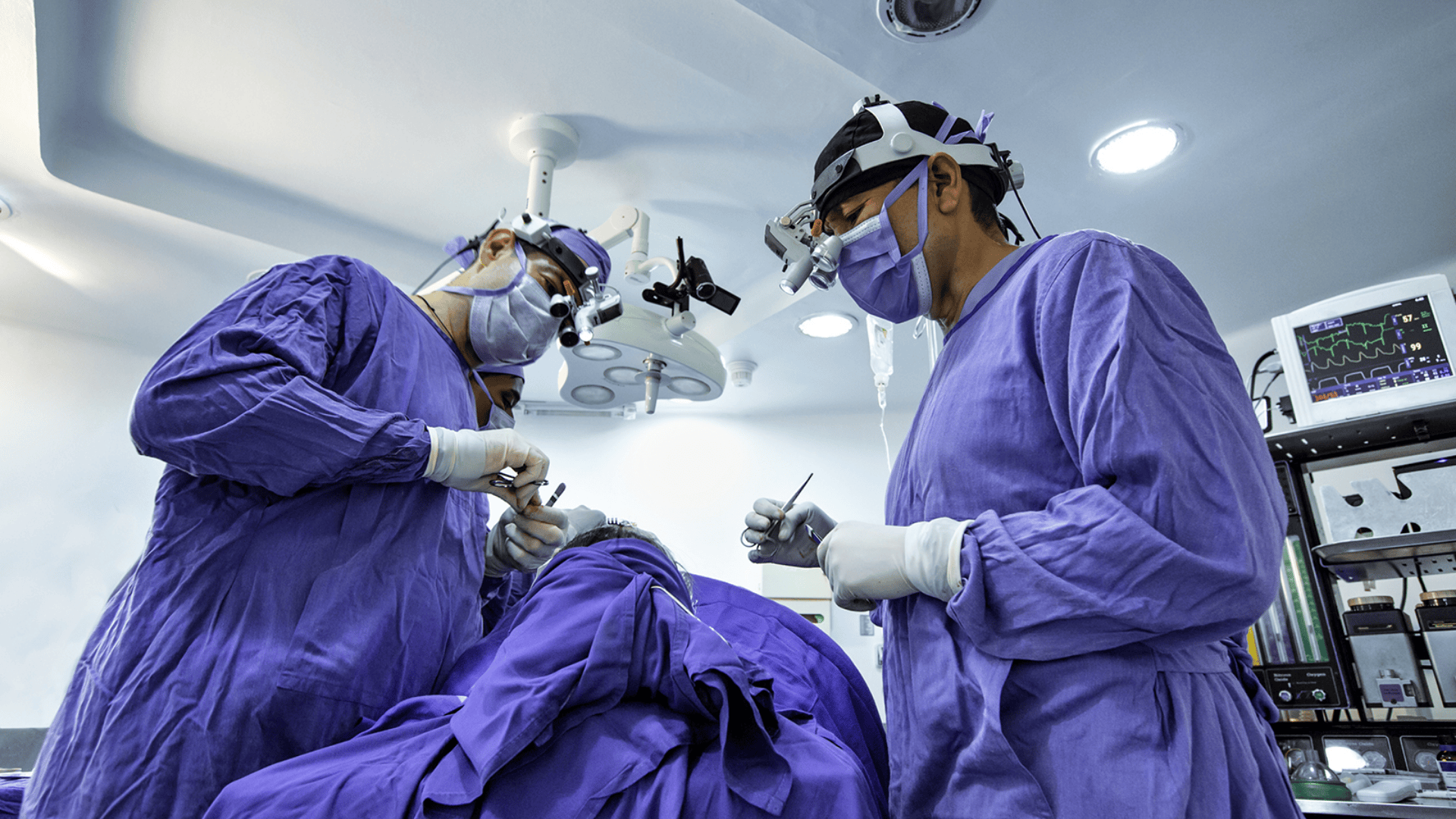Benefits of solar energy in Armenia: three examples
Benefits of solar energy in Armenia
In Armenia the number of people using solar energy has increased dramatically — not only residents, but also organizations. The number of autonomous solar stations has increased fourfold in just four years. According to the Armenian Energy Agency, as of December 1, 2022, 9,835 autonomous solar producers are connected to the Armenian power grid, with 691 in the process of connection. A sharp increase occurred in 2020, when the number of stations more than doubled, with 4114 manufacturers registered.
- Free electricity trade in Armenia: what does it actually mean?
- Moving towards solar energy: will Armenia give up its nuclear power plant?
- “Armenia can repeat the success of Singapore” – Russian entrepreneurs continue to flock to Yerevan
Businessman: “Solar systems are profitable as long as the weather and grid voltage are good”
Gevorg Gasparyan decided to use solar energy in the Arevi Hotel, which he founded in the village of Yeghegis, immediately after construction in 2018.
He says that installation of the solar array has become not only an opportunity to gain a certain energy independence, but serves in marketing, allowing Arevi to bill itself as a progressive business that cares about the environment.
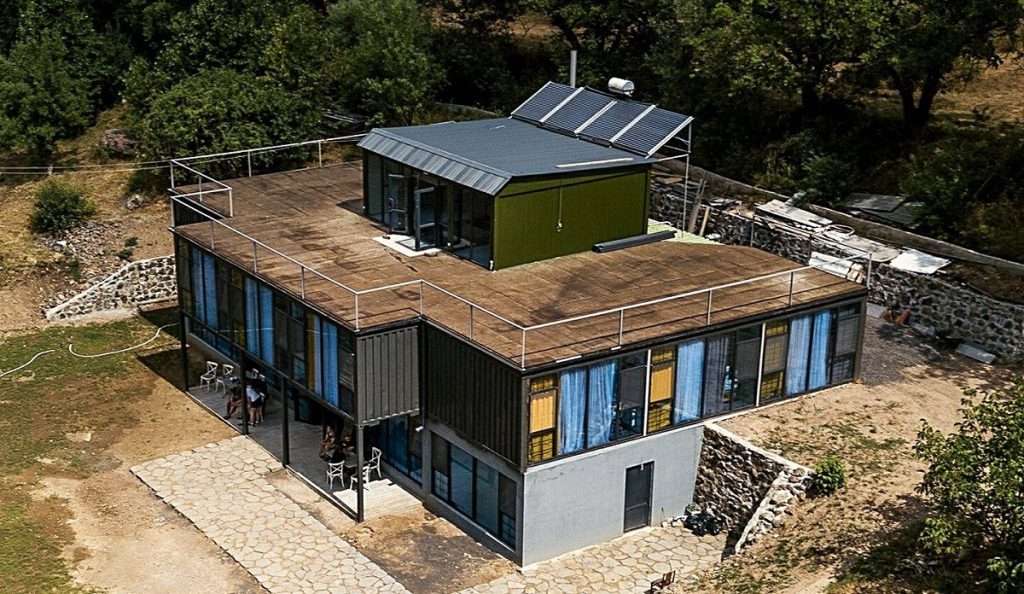
“Using the energy of natural resources is relevant today, and many customers pay attention to this. The use of solar energy is especially appreciated by foreign guests. They often say: it’s good that you use solar energy, it does less harm to nature. This is an opportunity for people to remember our hotel and tell their friends about us,” Gasparyan says.
Gasparyan, with help from a 5% interest state loan, installed an autonomous system for obtaining solar energy and heating water — a solar photovoltaic system with a capacity of 10 kW and a water heater capable of providing 1000 liters of hot water per day. Gasparyan invested about 6 million drams ($15,000 at the current exchange rate). Now it has the ability to receive 14–16,000 kW of energy per year.
He says that if solar heaters provide hot water almost all year round, the amount of energy generated by the panels depends not only on the length of the day and time of year, but also on the efficiency of the Electric Networks of Armenia:
“It is very important that the power grid delivers quality electricity with a stable voltage so that the solar panels can work properly and the energy generated can be calculated. We have a serious problem in this regard in Yeghegis, there are very often power surges here. That is, we depend on the quality of electricity supplied by the Armenian electric networks. If it is of high quality, the solar system also works efficiently.”
According to preliminary calculations, the payback period of the investment was five-six years and the volume of electricity generated was 18-19000 kW per year. However, as a result of power surges and frequent outages, Gevorg realized that his ROI could take up to ten years.
Gasparyan considers the use of solar energy not only in terms of profitability but also the protection of nature. He says that there are many rocky areas in Armenia that are not suitable for agriculture, but can become excellent business sites for installing solar systems and entrepreneurial activities. He believes that serious state support programs are needed to get more people interested in using solar energy.
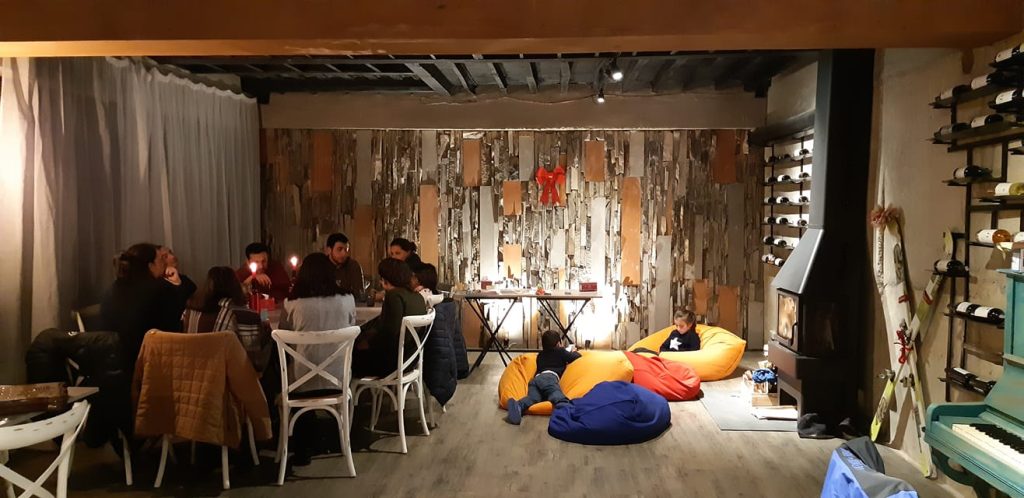
Installation of a solar array for the home: a Yerevan family’s eco-project
Karina Poghosyan’s family took advantage of a 2022 loan program with an annual rate of 11% to install a solar system in their home.
“During the renovation, we thought about heating the whole house with gas, this is the most common heating option in Armenia. But in the process, we realized that we would spend a tidy sum on gas pipelines, and then on monthly payments. We rummaged through the Internet and found an option for heating with electric boilers, solar energy, ”says Karina.
The installation of a solar system with a capacity of 16 kW to heat a house of 170 square meters and provide it with hot water cost 5 million drams ($12.5 thousand).
“It was a little risky to invest in solar energy, but since the theme of “eco” is very close to our family, we decided. On the other hand, we thought: if we invest so much money, install gas, and then suddenly find ourselves in a gas blockade, what will we do? It seemed more risky than investing in solar energy,” Karina says.
Now she is trying to help those who are just thinking about whether to use solar systems, sharing her experience in the “Dream House” group on Facebook, where Karina publishes information not only on how to choose, purchase, and install a system, but also monthly calculations on the energy produced and used.
“At one time, we needed advice from people who had already tested the system. Now that I have my experience, I want to help others make more informed decisions,” she explains.
Karina hopes that the investment will pay off within the next five years. She says that later they will be energy-independent to a certain extent and the money saved on heating will be on hand.
She notes that there are more and more users of solar energy, but adds:
“If lending were more affordable, and the power grid-to-subscriber connection were more efficient and operational, the number of solar system users could be incomparably greater.”
Expert: “The government has set a low bar”
According to a strategic plan of the government, the share of solar energy production in total by 2030 should be at least 15%.
Renewable energy expert Hayk Shekyan is confident that Armenia will clear this bar sooner than the government projects:
“According to rough estimates, the share of solar energy production today is 7-8% of the total. This figure may be higher than in neighboring countries. But we could achieve much higher rates and develop at a faster pace. And the goal of reaching 15% by 2030 is a low bar. Given the opportunities and current dynamics, I can say that in 2030 we will have a higher indicator, and we will reach the milestone within the next three years.”
According to Shekyan, a number of circumstances prevented a faster pace of development — the coronavirus epidemic, the 44-day war in Karabakh, the unstable situation in the country, a rise in prices for international cargo transportation, and the reduction of support programs for the purchase of solar systems from international green funds.
Armenia is in an advantageous position with its total days of sunshine, but this is not enough to stimulate interest in the industry. According to Shekyan, the sustainable development of the industry directly depends on the mechanisms for regulating it by the state:
“Compared to other post-Soviet countries, this sphere is developing better in Armenia thanks to state policy over the past six years. However, industry reforms are accompanied by many problems, which is a consequence of the lack of managerial and organizational skills.”
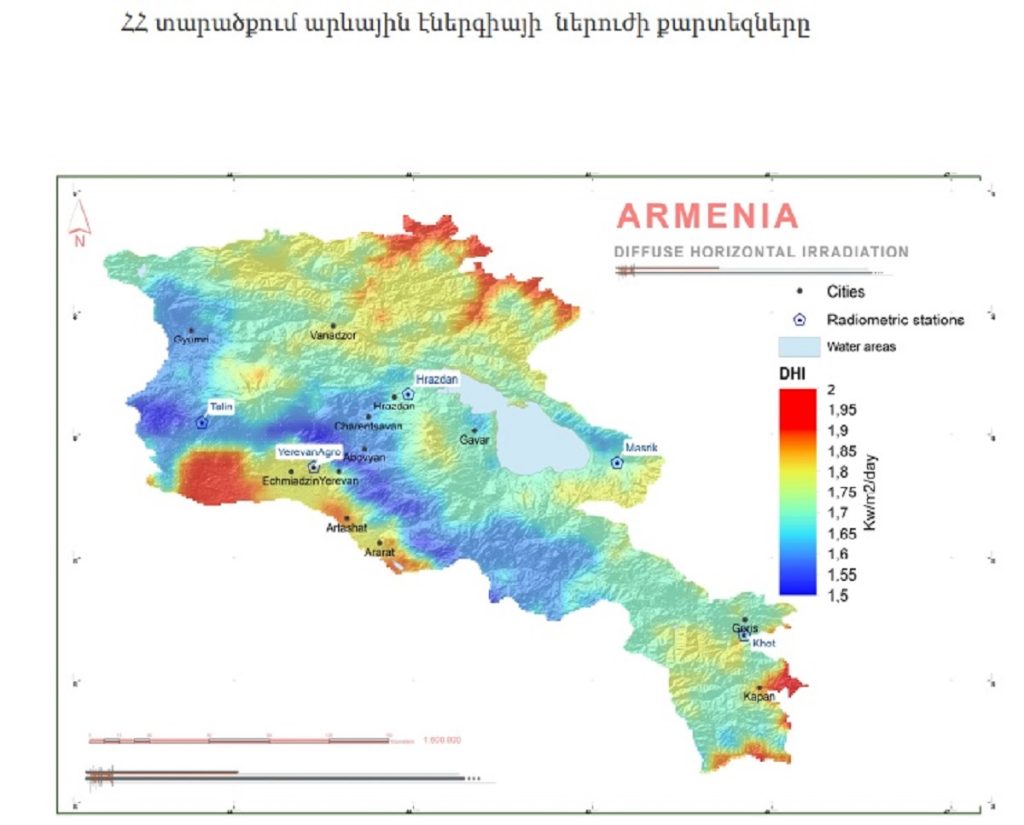
Shekyan advises entrepreneurs:
“There are preferential lending programs for the purchase of solar arrays. That is, interest rates are comparatively lower than in the case of other loans. By taking advantage of these loans, businessmen can save money and use cash for those expenses for which the interest rate on the loan is high.”
When asked why solar technology should be preferred, he answers:
“They will last significantly longer than their payback period. It averages five years. Calculating that within five years the monthly amount to repay the loan will be equal to the amount of electricity consumed or a little more, and after that there will be savings equal to electricity costs, it becomes obvious that solar energy is also financially profitable. Why do I say “also financially”? Because solar energy is an important alternative, first of all, from an environmental point of view.
And finally, thanks to solar systems, businesses or households can achieve energy stability and no longer depend on possible tariff changes.”
Benefits of using solar energy










